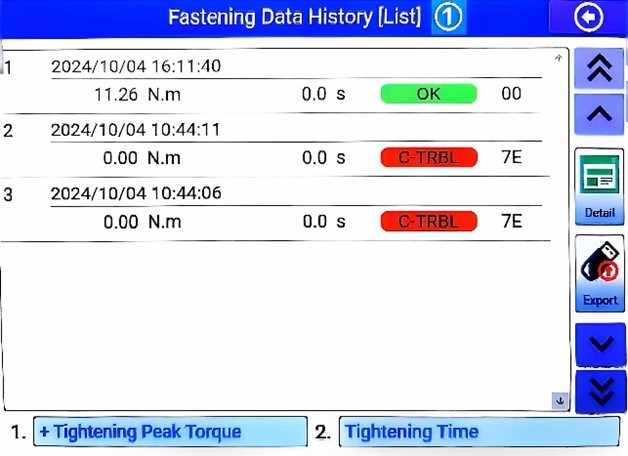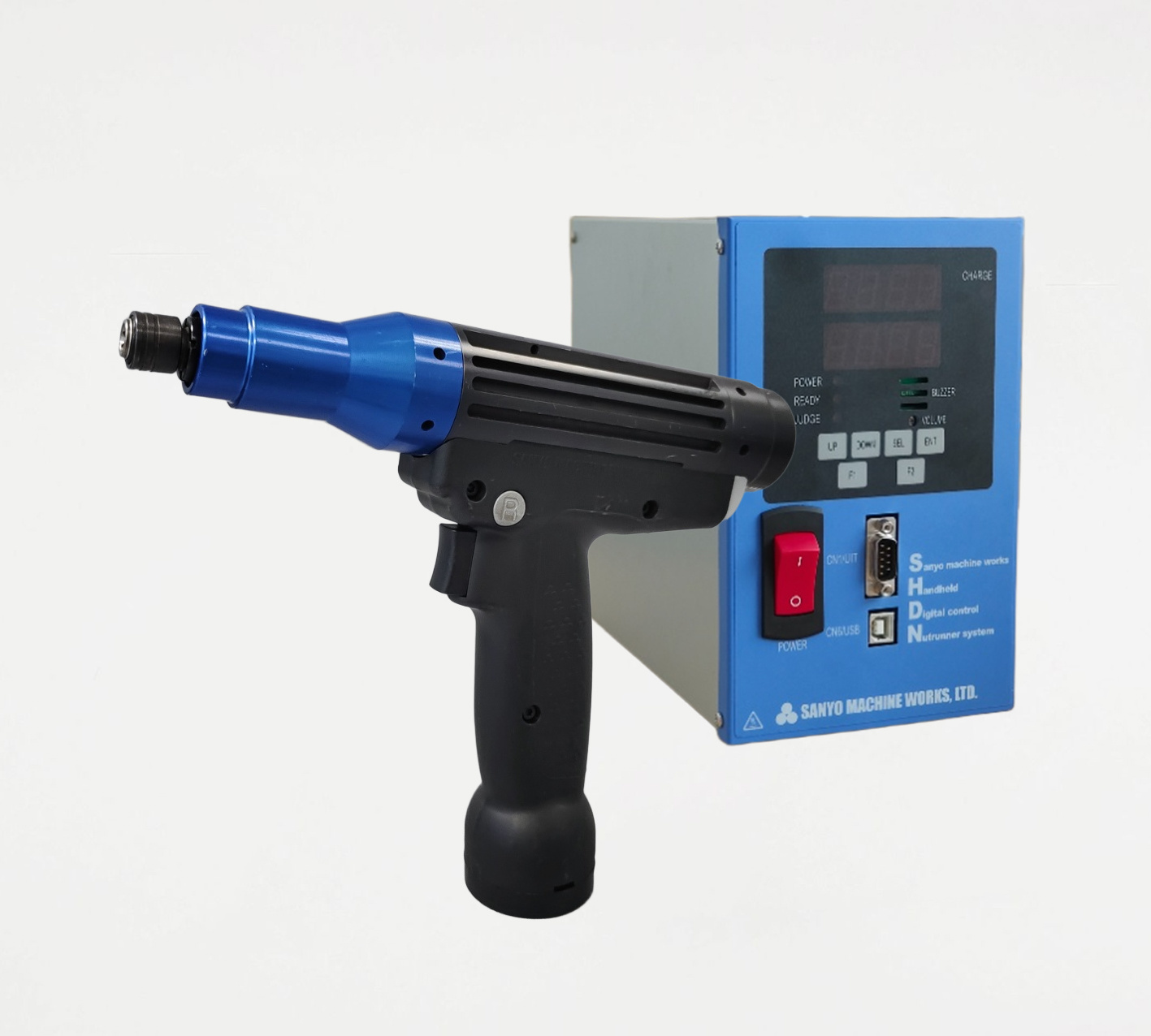Application of SHBN Wireless Tightening Tools

Advantages of SHBN Tightening Tools
In complex field work environments and bolt tightening positions, fixed tightening shafts and handheld tightening tools with reaction arms are unsuitable. The impact tightening mode of the SANYO SHBN handheld tightening tool significantly reduces the reaction force during tightening compared to the continuous tightening mode, facilitating manual operation. It also ensures tightening accuracy and effectively controls the 3σ value, bringing the bolt tightening qualification rate close to that of the tightening shaft, thereby ensuring product safety. Furthermore, the SHBN tightening tool features wireless communication, allowing it to operate with a battery without the need for cable installation or continuous power supply. Field tests have demonstrated that the SHBN tightening tool can achieve a communication distance of over 50 meters with stable signals, making it adaptable to complex working conditions.
Applications of SHBN Tightening Tools
The SHBN tightening tool is currently used in the Changan Mazda automobile production line for tightening positions that robots cannot complete, such as the chassis and wheel hub. The charger and controller can be installed on a small bracket, and the controller connects to the external WiFi6 wireless client USR-W660 to achieve wireless communication between the tightening tool and the controller. Controllers at the same workstation can connect to the same wireless hotspot via Ethernet, reducing interference in wireless channels. When the tool tightens bolts, it feeds back tightening data to the controller, allowing staff to view tightening judgments, tightening torque, program numbers, and other tightening information on the controller. The tool's indicator light shows different working states, and the color display corresponding to the working state can be set.
The SHBN controller is fully functional, allowing users to view all tightening information and parameter settings. It can also modify tightening parameters and tool settings based on actual working conditions, including network settings, and allows online viewing of torque curves without the need for a computer or other external mobile devices. Users can view tightening history records and analyze potential issues that may arise during on-site operations based on historical records. The controller displays the battery level of the tightening tool and prompts for battery replacement when the battery is low.


SHBN Controller Interface
Previous Page:
Next page:
recommend News
Hydraulic System Design and Manufacturing Expert: Creating a Stable and Efficient Power System




